-

Z-Lys(Z)-OH CAS:405-39-0
Z-Lys(Z)-OH is a valuable organic compound known for its versatility and utility in various chemical and pharmaceutical applications. With a unique molecular structure, Z-Lys(Z)-OH offers exceptional stability and reactivity, making it an ideal choice for research and development purposes. Manufactured under stringent quality control measures, the product ensures purity and consistency, meeting the highest industry standards. Z-Lys(Z)-OH is designed to support diverse scientific endeavors and has proven to be an indispensable tool for numerous laboratory and industrial processes.
-
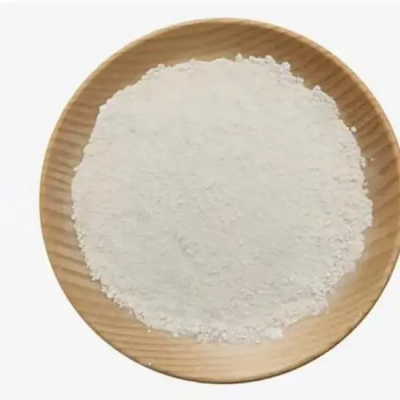
Z-Pro-OH CAS:1148-11-4
Z-Pro-OH, also known as N-tert-butoxycarbonyl-L-proline, is a chemical compound widely used in organic synthesis and peptide chemistry. With the molecular formula C11H19NO4, it serves as a key building block for the production of peptides and peptidomimetics. Z-Pro-OH is recognized for its high purity and stability, making it an essential reagent for researchers and professionals involved in peptide synthesis, drug discovery, and pharmaceutical development. Its applications extend to solid-phase peptide synthesis (SPPS), solution-phase peptide synthesis, and the customization of peptide sequences for various scientific and medical purposes.
-

Z-Pro-NH2 CAS:34079-31-7
Z-Pro-NH2, also known as N-Boc-L-proline amide, is a fundamental chemical compound widely utilized in organic synthesis and peptide chemistry. With the molecular formula C10H16N2O3, it serves as a crucial building block for peptide synthesis and peptidomimetic development. Recognized for its high purity and stability, Z-Pro-NH2 plays a pivotal role in solid-phase and solution-phase peptide synthesis, enabling precise control over the incorporation of proline residues into custom peptide sequences. Its applications extend across diverse fields such as pharmaceutical research, drug discovery, and biochemistry, making it an invaluable reagent for scientists and professionals.
-
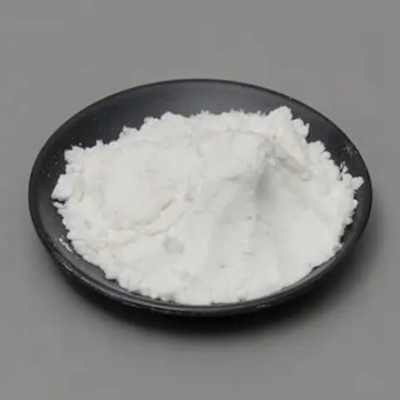
Z-Pro-OSu CAS:3397-33-9
Z-Pro-OSu, also known as N-hydroxysuccinimide ester of Boc-L-proline, is a vital chemical compound widely employed in organic synthesis and peptide chemistry. With the molecular formula C12H15NO5, it serves as a key reagent for peptide coupling reactions and the modification of peptides and proteins. Z-Pro-OSu is esteemed for its high purity and stability, making it an invaluable tool for researchers and professionals working in the fields of biochemistry, pharmaceuticals, and chemical biology. Its applications extend to the production of custom peptides, drug discovery, and biochemical research.
-

Polyacrylamide CAS:9003-05-8
Polyacrylamide, a water-soluble polymer, is widely employed as a flocculant, thickener, and rheology modifier. Its high molecular weight and unique chemical properties make it an effective solution for water treatment, enhanced oil recovery, soil stabilization, and various industrial processes.
-

titaniumdioxide CAS:13463-67-7
Titanium dioxide, a naturally occurring oxide of titanium, serves as a versatile white pigment renowned for its opacity, brightness, and UV-absorbing capabilities. Widely utilized in diverse industries, it enhances the visual appeal, protective performance, and functional attributes of formulated products.
-
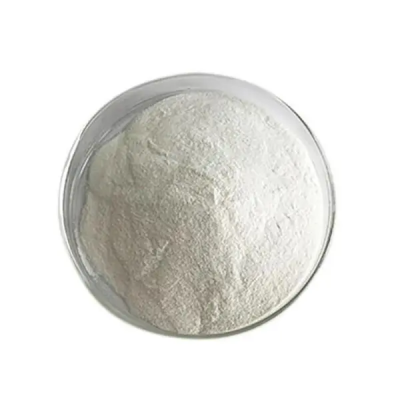
Tetramethylammoniumchloride CAS:1112-67-0
Tetramethylammonium chloride is a quaternary ammonium salt widely used as a phase-transfer catalyst in organic synthesis. It facilitates the transfer of ions or substrates between immiscible phases, thus accelerating reactions and increasing yields. Additionally, it serves as a precursor for tetramethylammonium hydroxide, an important base in organic chemistry.
-

stearicacid CAS:57-11-4
Stearic acid is a saturated fatty acid that serves as a versatile ingredient in the production of cosmetics, pharmaceuticals, plastics, and metal derivatives. Its amphiphilic properties make it valuable as an emulsifying agent, lubricant, and stabilizer, supporting diverse applications in manufacturing and formulation processes.
-
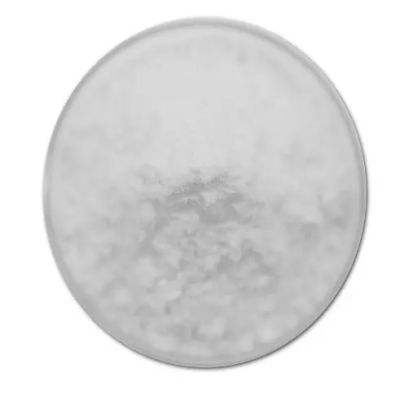
octylamine CAS:111-86-4
Octylamine, an organic compound with versatile reactivity, serves as a valuable precursor for the production of pharmaceuticals, agrochemicals, and surfactants. Its chemical structure and functional characteristics make it essential for diverse applications across various industries.
-
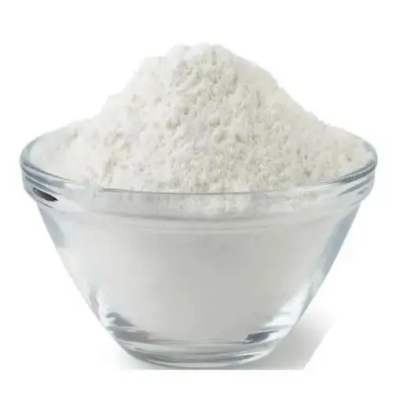
dodecanol CAS:112-53-8
Dodecanol, or lauryl alcohol, is a versatile fatty alcohol utilized for its surfactant properties, lubricating characteristics, and functional compatibility in formulations. Its amphiphilic nature and emollient attributes make it valuable in diverse applications within the personal care, household, and chemical industries.
-

Chlorotrimethylsilane CAS:75-77-4
Chlorotrimethylsilane is an organosilicon compound utilized as a silylating agent in organic synthesis, enabling the protection of functional groups and facilitating various transformations. Additionally, it serves as a key precursor in the production of silicone polymers and other silicon-containing compounds due to its reactivity and versatility.
-
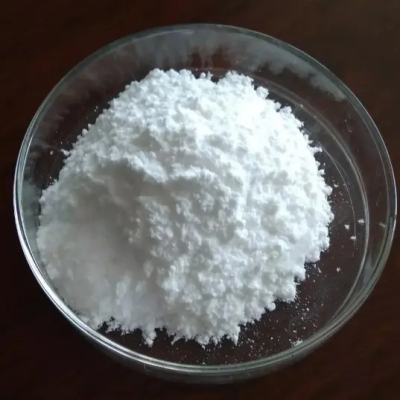
Caprolactam CAS:105-60-2
Caprolactam is a cyclic amide employed as a key building block for the synthesis of nylon 6. Its unique reactivity and structural properties make it an essential raw material for the production of high-performance fibers, engineering plastics, and specialty materials utilized in various industrial applications.

